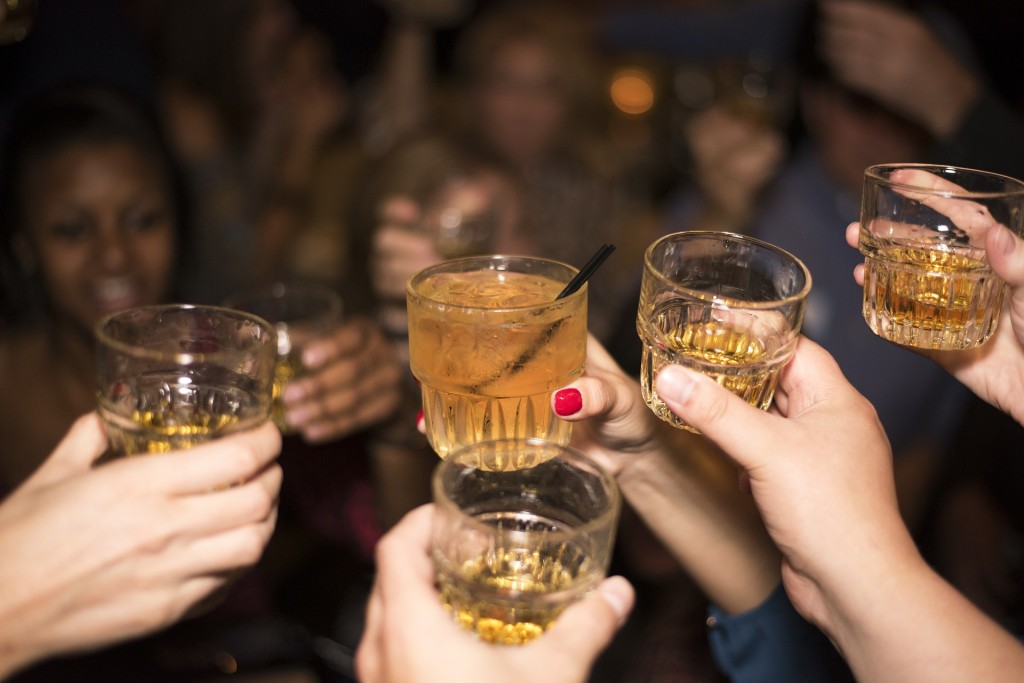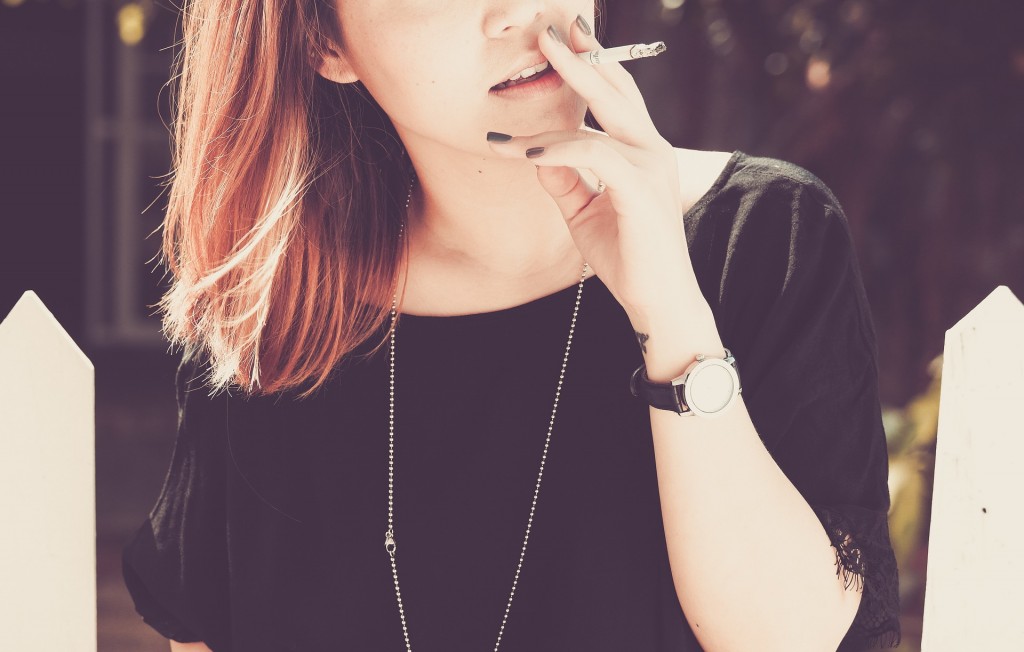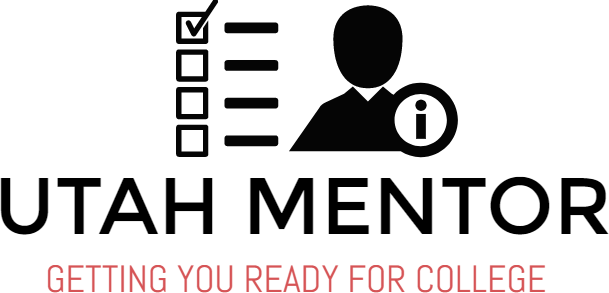Although not a new occurrence, alcohol and drug abuse among college students has spiked over the recent years. Since the 1970s, substance abuse has been rampant on college campuses, but it seems that in more recent years, students have engaged with different types of drugs with greater frequency. Particularly disturbing is the increase in prescription drug abuse, which includes everything from pain killers to anxiety medication. With access to a greater variety of drugs and a more relaxed cultural disposition towards drug abuse, it seems more and more college students are experimenting with and getting hooked on addictive substances.
Today’s rate of drug abuse among college students is quite alarming. According to a 2014 study conducted by scientists from the University of Michigan, 51 percent of full-time college students are using either alcohol or another substance. Currently, 1 in 4 college students meets the criteria for substance abuse.
Drugs of Choice
Alcohol Abuse
Alcohol is the all-time leader among the drugs abused by students. It is easily available to students, even among the under-aged population which can easily obtain it from older students. According to Drug Rehab Dallas (about.me | twitter), close to half of the admissions into drug & alcohol rehab treatment centers among the college-aged population are alcohol related. Nearly 35% of college students are binge drinkers, consuming 5+ drinks in a single sitting. Approximately 4% report that they drink daily.

Marijuana Usage
Marijuana usage is currently rampant among young people aged 18 to 25. Young people are finding it easy to obtain marijuana because it has been medically legalized in several states across the United States. A total of 18 states, including Colorado, New Jersey, and Washington have made the herb legal. As a result, use has increased from about 1 percent of students in the 1990s to approximately 4 percent of students today. According to from the National Institute on Drug Abuse, this makes it the most commonly abused drug, after alcohol, among American college students.
Prescription Drugs Abuse
Because of the availability of over the counter (OTC) and prescription drugs, many students are finding it easy to get hooked on drugs intended for medical use. According to data provided by Lakeview Health, one in four college students has used a prescription drug illegally. The drug groups most commonly abused include painkillers, stimulants, and anxiety meds. Stimulants, like Adderall are thought to improve academic performance, while painkillers and anxiety medicines are abused for their calming, euphoric effect.
Illicit Drugs
While not as commonly used, the use of other illicit drugs like heroin, cocaine, and ecstasy is on the rise across college campuses.
What Leads to Drug abuse?
While the reason for abusing drugs or alcohol depends on the person, some of the common reasons for use include:
A Form of Socializing
Alcohol is a worldwide conduit for socializing, so it’s not surprising that it’s a focal point of college fraternization. Whether its drinking or using drugs, people feel a sense of togetherness when they engage in an activity with their peers.
Peer Pressure
Peer pressure is quite common in college, especially since many of the students are young, immature, and trying to define themselves. Some students will turn drugs in order to fit in with their peers.
Stress and Personal Problems
College students deal with a lot. There is pressure from coursework, exams, relationships, social life, and even just personal issues such as finances and family matters. All these factors may weigh heavily on a student and make them stressed. In such a case, a student may seek solace in drugs.

Curiosity and Experimentation
Some students just venture into drugs solely out of curiosity; they want to find out what a certain drug makes them feel like. Still, other students just venture into drugs out of pure defiance.
Consequences of Drug Abuse Among Students
Abuse of drugs among college students has a number of negative and even devastating consequences. These include the following:
- Addictions and dependency
- Violent behavior
- Depression
- Loss of study hours
- Absenteeism from classes and poor academic performance
- Drain on personal finances
- Risky sexual behavior
- Strained relationships
- DUI and other problems with the law
- Accidents and injuries
According to Michael’s House (facebook | twitter), nearly 600,000 college students suffer alcohol related injuries, while another 150,000 develop a health problem related to alcohol consumption. Sadly, alcohol is also linked to over 1800 student deaths every year.
Warning Signs
If you’re a parent, educator, or concerned friend, what are the warning signs that someone is headed towards or engaged in drug or alcohol abuse? Addiction Center provides some telling signs:
- Academic indicators: skipping class, drop in grades, and ignoring homework assignments
- Health indicators: drastic shift in weight, mood swings including depression and irritability
- Social indicators: shift in friend circle, withdrawal from old friends
What to Do About Drug Abuse
If you, a friend, or a loved one suffers from drug or alcohol abuse, now is the time to act! Drug and alcohol inpatient rehab programs are the most effective means of reversing addictive behaviors. Through counseling, peer support, and therapy, there is hope for a successful life after college free from drug and alcohol abuse!
